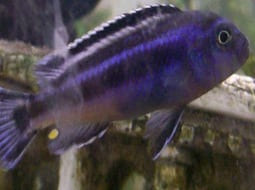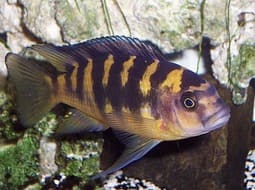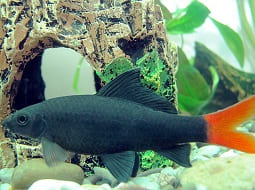
Loading Aqualapp ...
Care and Compatibility of Neon Spot fish - Pseudotropheus elongatus chewere
Introduction
The Neon Spot fish has an elongated body and vibrant coloration. Male individuals exhibit a bright electric blue coloration throughout their body, while females have a pale yellow color. This species is known for its pattern of black spots in the form of dots on its body, which gives it its common name of Neon Spot.
Behavior
The Neon Spot fish, also known as Pseudotropheus elongatus chewere, is an African cichlid fish found in Lake Malawi. They are territorial and aggressive fish, especially the adult males. They require a sufficiently large aquarium to provide them with swimming space and establish their territories. It is recommended to keep them in a group of multiple females per male to reduce aggression.
Sexual Dimorphism
Sexual dimorphism in Pseudotropheus elongatus 'Chewere' is minimal and difficult to distinguish, although males tend to be larger and more colorful than females.
Reproduction
The reproduction of the Neon Spot fish takes place in the water through external fertilization. Males establish territories and perform courtship displays to attract females. After spawning, the eggs are fertilized by the male and the female incubates them in her mouth for approximately 3 weeks. During this period, the female does not feed and protects the eggs from potential predators.
Aquarium Conditions
Pseudotropheus elongatus 'Chewere', commonly known as Mbuna cichlid, requires a well-decorated aquarium with stacked rocks forming caves and refuge areas. It prefers alkaline water and a warm temperature. Providing a balanced diet and maintaining good water quality is essential as they are prone to health problems if conditions are not optimal.
Feeding
They are omnivorous fish and accept a variety of foods in their diet. They primarily feed on algae, plankton, and small aquatic invertebrates. They can also be fed with commercial foods in the form of pellets, flakes, or pellets. It is important to provide them with a balanced and varied diet to ensure their health and vitality.
Complexity
Caring for Pseudotropheus elongatus 'Chewere' can be moderately challenging. They are territorial fish and can be aggressive towards other Mbuna fish, so a large group and a well-structured aquarium are recommended to reduce aggression. They require a varied diet and plenty of space to swim and explore.
In case you need more help, or if you want to know into any topic related to the Pseudotropheus elongatus chewere (Neon Spot fish) and even any other species you can use the forums to ask what you need.
To do an analysis more detailed about coexistence and behavior of Pseudotropheus elongatus chewere (Neon Spot fish) use the Aquarium simulation tool, if you do this you can test different ways to combine the Neon Spot fish with other fishes giving the dimensions and space on you aquarium, on this way you can known the optimal configuration for keep the fishes that you want.
You can also find out the 37 species compatible with the Pseudotropheus elongatus chewere (Neon Spot fish) can live together.
Note: The parameters of the water such as PH and temperature are also used to calculate the compatibility of the species.
Compatible species (37)
Compatible (6 Species)
Compatible without any restriction
Similar Sizes (1 Species)
They can coexist if they are the same size or very similar sizes, it does not work in all cases, there may be exceptions.
With Reservation (10 Species)
Compatible in some cases, it depends on the nature and personality of the fish.
Estos peces son ciclidos africanos del lago Malawi agresivos, por lo general pueden convivir con otros Mbunas agresivos si cuentan con espacio suficiente en el acuario, rocas y escondites donde puedan refugiarse de ser necesario.
Las especies territoriales por lo general pueden convivir con especies protegidas con coraza, ya que no pueden hacerles daño por su dura piel, lo que si hay que tener en cuenta es tener un acuario con dimensiones favorables para que cada pez pueda delimitar un territorio, ya que la mayoría de peces acorazados son también peces de fondo y les gusta estar buscando lugares donde ocultarse.
Los machos de esta especie pueden convivir con hembras, pero no con otros machos, son muy territoriales entre ellos.
Showdown over territory (12 Species)
Fish can live together as long as the space is spacious enough to delimit a territory, otherwise there may be aggressions for competing for the territory.
Considerable size difference (3 Species)
They can coexist while they are similar in size or the size difference is not very abysmal, since as the fish grows it increases the chances of eating its partner that did not grow much.
Compatible if space is enough (5 Species)
They can coexist together if the aquarium they share is large and spacious enough for both species to feel good, as some fish may attack others to feel that they have little space and try to eliminate the competition.
Neon Spot fish
Pseudotropheus elongatus chewere
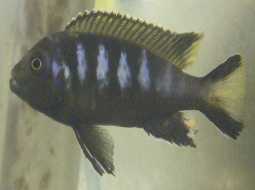
- Ph: 7 - 8
- Temperature (c°): 24 - 27
- Measures: 11 cm
- Aquarium Capacity:
55 Liters - 15 Gallons - Alimentación: Herbivores
- Colores: Black, Blue, Gris
- Comportamiento: Active, Likes to take refuge, Semi Aggressive, Territorial
- Habitad: African
- Morfología: Thorns or pointed
- Preferencias del Acuario: Rocks
- Tamaño: Medium
- Taxonomía: Cichlids, Fish, Mbunas
- Tipo de Agua: Sweet water, Tropical waters
- Zona de Nado: Aquarium background

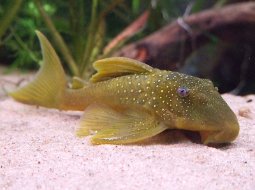
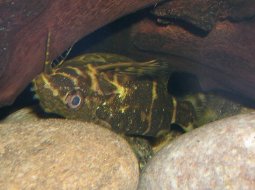


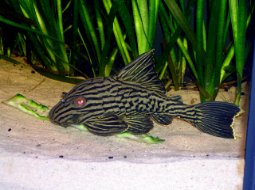
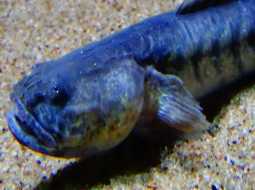


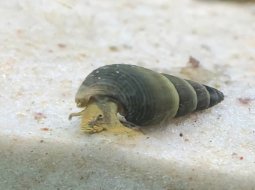


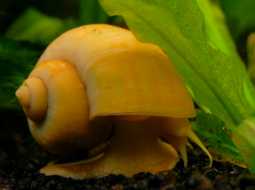
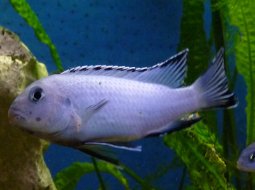

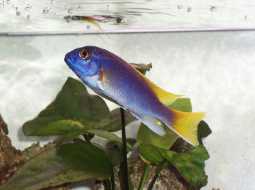

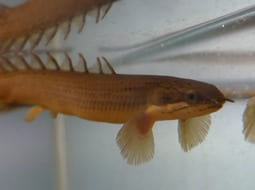
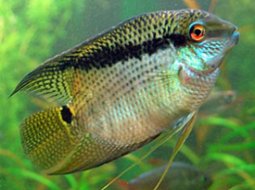
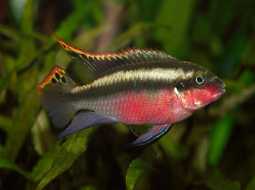

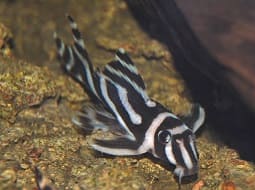
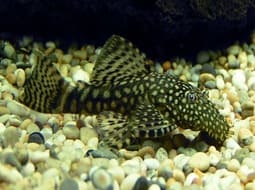

.jpg)
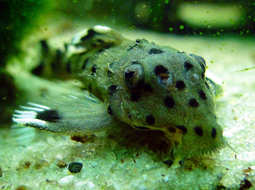
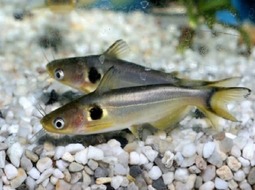

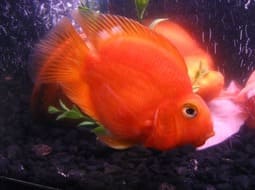
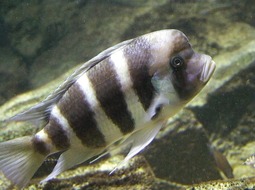
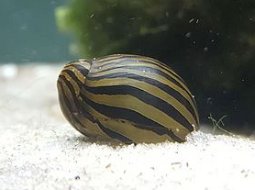
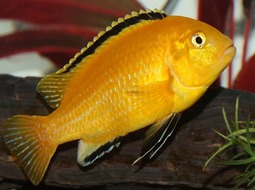
.jpg)
